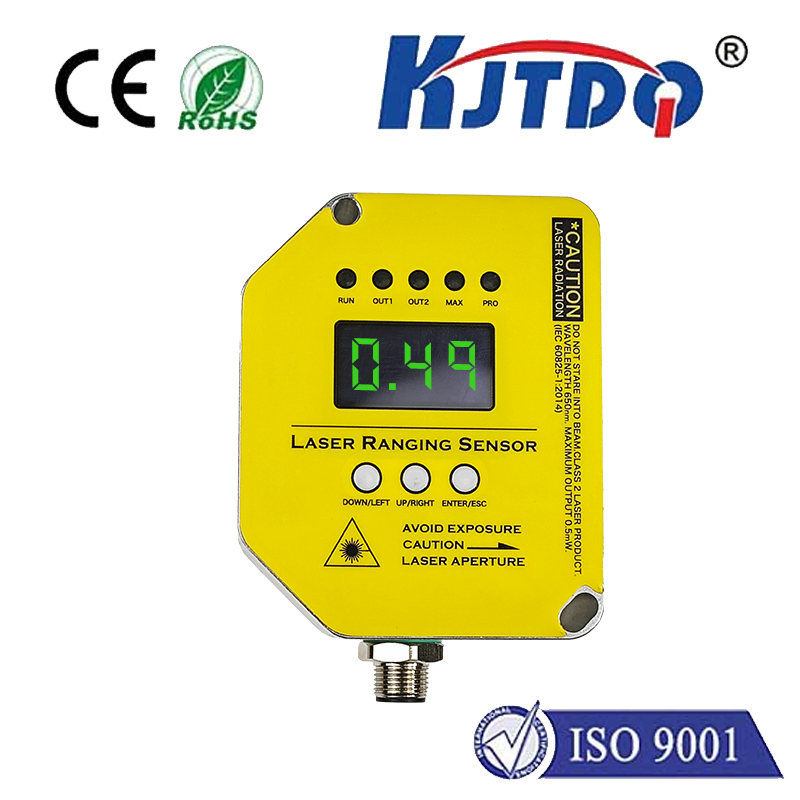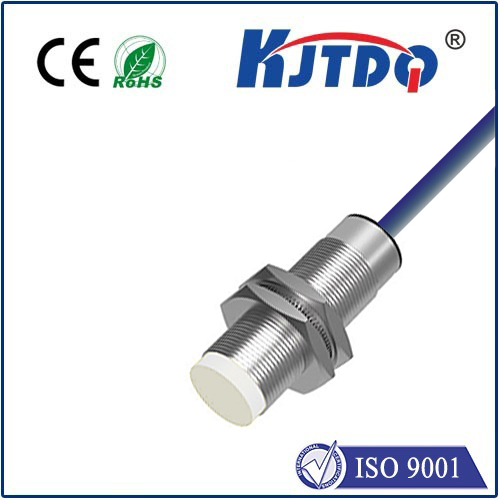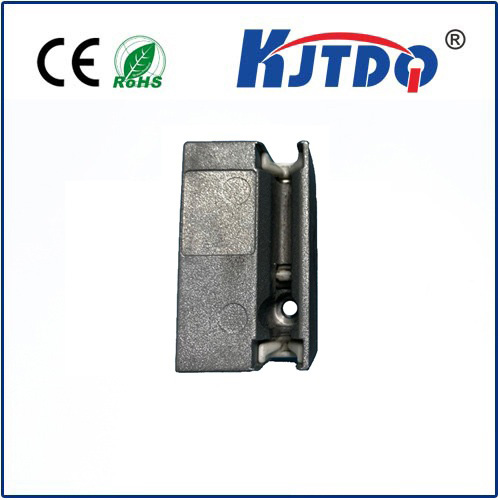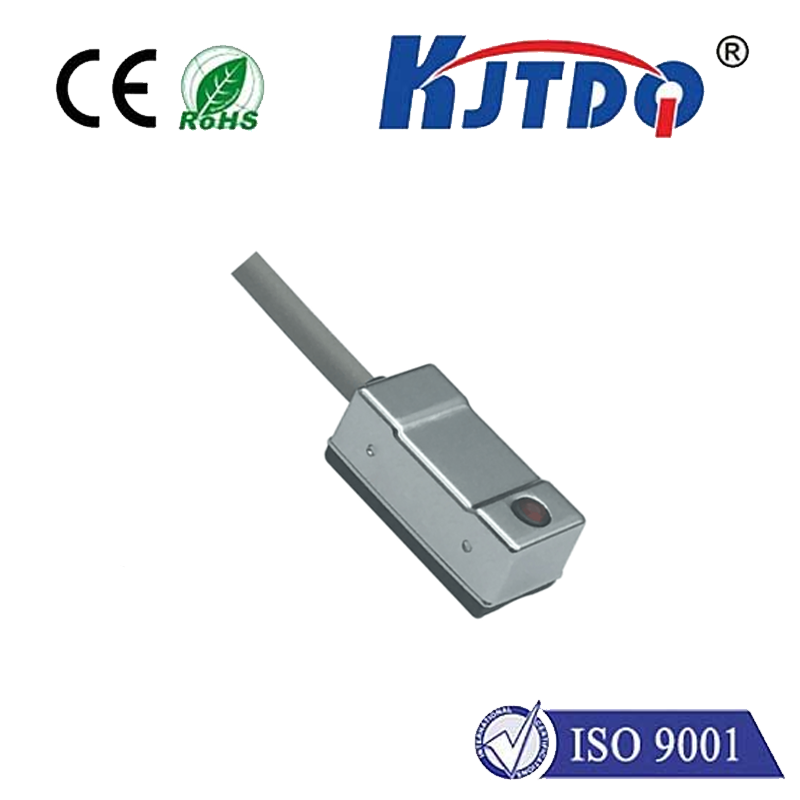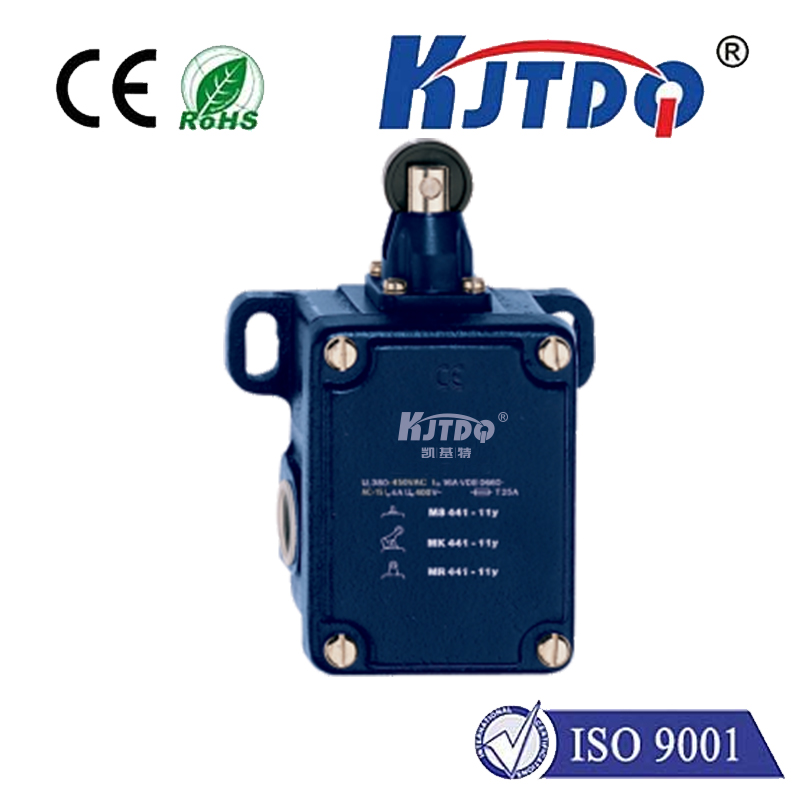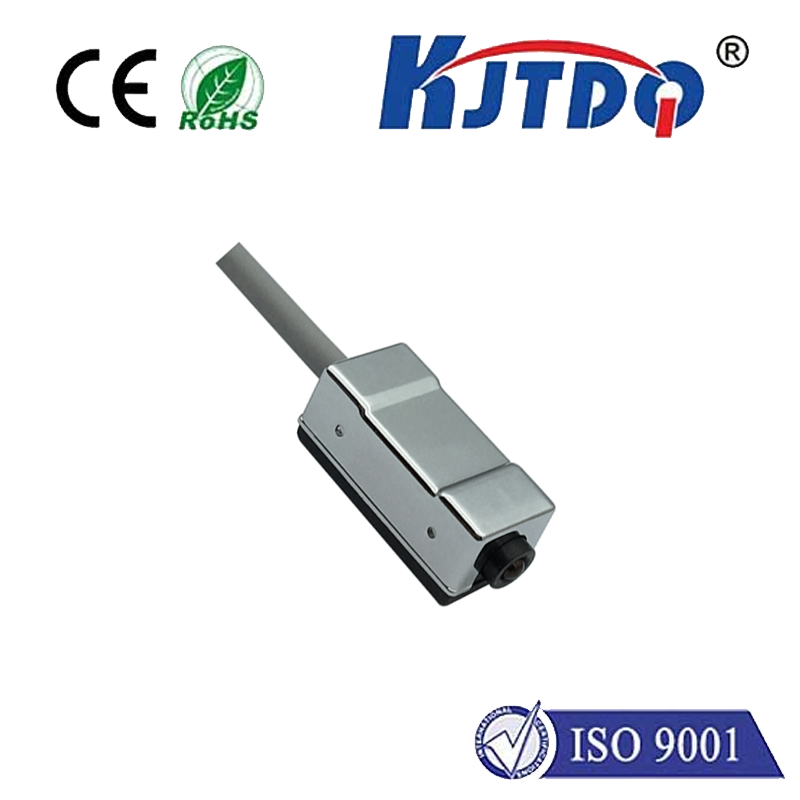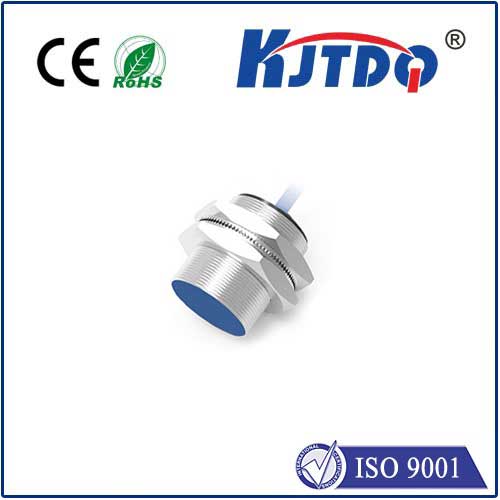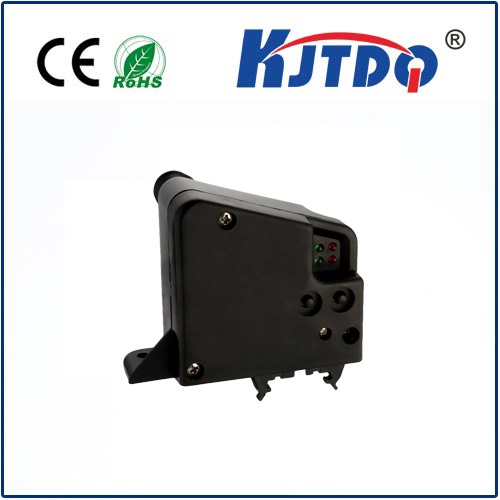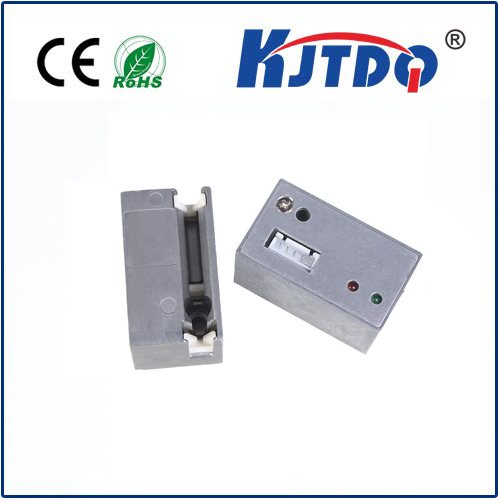
check

check

check

check
Understanding the Tilt Switch Probe (20-39): An Essential Tool for Precision Engineering In the intricate world of engineering and manufacturing, precision is paramount. Every tiny component must be meticulously measured and tested to ensure optimal performance. Among the myriad tools available for achieving such precision, the tilt switch probe, often referred to as the 20-39, stands out as an indispensable asset. This article delves into the significance of the tilt switch probe, its applications, and how it contributes to high-quality engineering outcomes.
A Tilt Switch Probe, also known by its model number 20-39, is a specialized tool designed for precise measurement in various industrial settings. Unlike conventional probes, the tilt switch probe features a unique mechanism that allows it to detect changes in angle or inclination with remarkable accuracy. This functionality is crucial in scenarios where even a slight deviation can lead to significant errors in measurement.

The working principle of the tilt switch probe involves a sophisticated sensor system. When the probe is tilted or inclined from its standard position, the internal mechanism triggers a switch. This switch sends a signal indicating the degree of tilt, allowing for immediate adjustments or measurements. The precision of the tilt switch ensures that any deviations are detected and corrected swiftly, maintaining the integrity of the measurements.
The versatility of the tilt switch probe makes it invaluable across numerous industries. In the automotive sector, it is employed to measure the angles of various components, ensuring perfect alignment during assembly. Aerospace engineering benefits from the probe’s precision to maintain strict quality control standards. Additionally, the medical device manufacturing industry relies on it to ensure that instruments and equipment adhere to exact specifications, enhancing both safety and functionality.
One of the most significant advantages of using a tilt switch probe is its contribution to enhanced quality control and efficiency. By detecting minute variations in angle, the probe helps engineers and technicians make precise adjustments, reducing the likelihood of errors. This not only improves the overall quality of the product but also minimizes rework and material waste, translating into cost savings for manufacturers.
Despite its advanced technology, the tilt switch probe is user-friendly. Its intuitive design and straightforward operation make it accessible to both seasoned professionals and those new to precision measurement tools. Many models come equipped with digital displays and user-friendly interfaces, further simplifying the process of obtaining accurate readings.
As technology continues to advance, tools like the tilt switch probe will evolve, offering even greater accuracy and efficiency. Innovations in sensor technology and data analysis will likely enhance their capabilities, making them indispensable in the high-tech manufacturing environment of tomorrow. For now, the tilt switch probe remains a cornerstone of precision measurement, embodying the principles of meticulousness and reliability that drive modern engineering. In conclusion, the tilt switch probe (20-39) represents a vital tool in the arsenal of precision engineering. Its ability to detect and correct minute angular deviations plays a crucial role in ensuring the highest quality standards across various industries. As we look to the future, the continued development and refinement of such tools promise to further elevate the benchmarks of excellence in engineering and manufacturing.
